So I finally have in my hands an autofocusing Zeiss with image stabilization to boot. Have I died and gone to heaven? Not quite. It is then that I wake up and realize that the Batis 135 isn’t actually for a camera system I own. No, this beautiful Zeiss lens is made only in a Sony E-mount. When Zeiss contacted me about reviewing it I had to first check to see if I could borrow a Sony camera to do the review on. B&H Photo was kind enough to loan me a Sony a7R II body for the review (thank you!), and so I’ve been working at learning a new camera system in the past month. While I’m still not crazy about the ergonomics on the Sony body, I’ve come to appreciate what an incredible optical combination these two are. The Zeiss Batis 135mm f/2.8 Apo Sonnar is the real deal; a fabulous optical performer in a very nice package. It also comes at a new price premium for the Batis line. Is the Batis 135 worth its $2000 price tag? Let’s find out together.
Prefer to watch your reviews? Check out my full video review of the Batis 135 here.
Build and Design
In this video episode I give an interactive look at the build and design of the Batis 135.
The Batis 135 is immediately familiar to someone like myself that has reviewed so many of Zeiss’ Otus and Milvus lenses. It has the similar sleek black, anodized metal appearance. The profile of the lens is similar to, say, the Milvus 135mm. There are some differences, however. For one, the lens hood is made out of plastic rather than metal (undoubtedly a weight-saving expedient to help the lens balance better on the smaller mirrorless E-mount bodies. And the lens is undoubtedly lighter. At 614g (1.35lbs) it is one of the lightest Zeiss lenses I’ve used despite not being particularly small. The Sony G-Master 70-200mm f/2.8 OSS lens weighs a whopping 1480g by comparison, making it almost equally heavy to the DSLR variants. The Zeiss Milvus 2/135mm weighs 1123g, or almost twice as much, despite being roughly similar in size (the Milvus lens has a wider girth). To be fair, the Milvus lens has a much larger maximum aperture of f/2 (and larger glass elements to accomplish that). Many will undoubtedly be critical of the maximum aperture of f/2.8, but it appears to me that Zeiss has probably made a wise choice: they have made a lens that is supremely good at f/2.8 but while retaining a size and weight factor that suits the smaller mirrorless bodies that the lens is designed for.
The lens has a few other differences as well. While the rubberized focus ring is familiar, there are no distance markings on the barrel. Part of this is because it is an autofocusing lens for a mirrorless system, but the bigger reason is that this particular bit of information can be tasked to the OLED further up the barrel. When the camera is turned on the OLED will flash the word “Zeiss”, and then what information that is further displayed there will depend on what mode you put it. Out of the box it will mostly stay dark unless you are in manual focus mode, when it will display actual focus distance as a numerical value (in meters [up to two decimal points] or feet), which is very handy and arguably more useful than a traditional focus window. The usefulness doesn’t end there, however. If you put the camera in MF mode and then turn the manual focus ring to the left past minimum focus 360 degrees you will enter into the control for the OLED. You have three options there: ON, MF (Default Position), and OFF. In the ON position it will show the focus distance even in AF mode. If you put the camera in MF mode and twist the focus ring to the right for a while it will allow you to switch the readout to measuring in feet rather than meters. You might argue that this is of minimal value, but when you consider that many mirrorless lenses lose any kind of distance window, I think that this is one of the beneficial hallmarks of the Batis line.
Somehow Zeiss has managed to make a manual focus ring that still feels good even on an autofocusing lens. Since this lens is designed for mirrorless bodies, the focus is actually what is often referred to as “focus by wire” where input from the manual focus ring is actually routed through the focus motor. If the camera is powered off (or if you haven’t enabled manual focus override in the camera body), turning the focus ring does nothing. It has an ever-so-slightly-more disconnected feel than true MF Zeiss lenses (it is focus-by-wire, after all!), but still has that smooth, perfectly damped Zeiss feel. I have to confess that while I love having autofocus on a Zeiss lens, I can’t help but grab that focus ring periodically and focus it in true Zeiss style. The automatic magnification of the image in the viewfinder when you go to manually focus makes focus both easy and joyful; I love watching my subject come into pinpoint focus as I twist the focus ring.
If you look towards the front of the lens you will find that Zeiss has once again designed a lens hood that adds to the flow of the lens design rather than detract from it, even if the change in materials (metal to plastic) makes this flow just slightly less elegant than usual. The sheen of the hood (slightly more matte finish than the lens barrel) matches the focus ring, so it works okay. The lens has a smallish (and very common) 67mm filter thread and Zeiss’ excellent T* coatings.
At the rear of the lens you will find a blue rubber gasket that is the visible representation of the moisture and dust resistance.
The lens also features optical stabilization built into the lens, which I’ll cover more thoroughly in the moment. The lens can focus down to 0.87m (2.86ft), though you can manually focus down a bit closer than that (0.74m), which gives you a nice (but not exceptional) 1:5.3 magnification ratio (right under 0.19x). The Milvus 2/135 has an even more useful 1:4 ratio (0.25x), while the new Sigma 135mm f/1.8 ART that I’m currently reviewing has a similar (but slightly better) 0.20x magnification. Here’s a look at maximum magnification from the Batis 135mm:
Speaking of the Milvus… I was actually surprised to discover that the Batis 135 is actually a hair longer (though narrower) and is 120mm (4.7”) long compared to the 115mm for the Milvus 135. What’s different, however, is that the Batis 135 is completely internally focusing while the barrel of the Milvus will extend a fair bit (30mm) during focus.
This is another beautiful Zeiss lens, and, while it is on the larger size, still balances nicely on the a7R II body that I was using to test it.
Batis 135 Autofocus Performance
It’s a bit of a sad irony that many of the Sony bodies, including the a7R II that I’m using for review, are some of the best platforms for using manual focus glass…and I finally have an autofocusing Zeiss lens! It’s easy to magnify the image in the viewfinder (once you figure out how to enable it in the somewhat unfriendly menu system) and has features like focus peaking and zebras. Beyond that the built-in five axis in body image stabilization (IBIS) provides stabilization even for your vintage lenses…and yet I finally have a Zeiss lens with built in optical stabilization. Sigh…
Don’t get me wrong: I love having autofocus on this lens. It’s a bit of a treat to review mirrorless AF lenses as I don’t have to worry about calibrating focus. Contrast AF (Live View style focus on DSLRs) is extremely accurate and doesn’t require the focus calibration that is typically necessary when using Phase Detect (DSLR-type viewfinder autofocus). That means that I can just start shooting without worrying about focus misses impacting image quality. The amazing optics of Zeiss lenses are often wasted due to people have poor manual focus technique, but that won’t be the case here. The excellent autofocus accuracy allows the incredible optics to shine, and I’ve been delighted time and again to zoom in to a pixel level on images and see something like each eyelash clearly defined.
Here are a few samples + crops at difference focus distances. Autofocus accuracy is excellent.
I lack much of a frame of reference for autofocus speed on the a7R II. I haven’t used it enough and have not used it with many lenses. I did have B&H send me the FE 28-70mm lens, but it doesn’t strike me as the fastest lens on the system. I also had them send me the Metabones IV adapter so that I could mount some of my EF lenses on it, but adapted lenses are hardly a fair evaluation of focus speed. My primary (daily) body is a Canon 5D Mark IV, and autofocus in general on the a7R II seems a bit slower by comparison. In most situations the Batis 135 acquires focus quickly, but on occasion if it doesn’t grab the initial target it will rack the whole range of focus, which feels frustratingly slow. This is most likely to happen when you are trying to focus on a closer object with a busy background, something I often do when out shooting in the woods. I find I prefer D-MF mode on the A7R II (Direct Manual Focus), that allows me to use full time override and make sure that shots like this are perfectly in focus.
The a7R II/Batis 135 is far from being the most fastest autofocusing combo that I’ve used, but it is a capable combination that got the job done.
Optical Stabilizer
I’ve been impressed with the in body stabilization of the Sony a7R II, but the Batis 135 adds its own optical stabilization. Because there are no switches on the lens barrel, you would have to disable the stabilizer from the menu in the camera body. I’m not quite sure how the two stabilizers interact, but I’ve read nothing about needing to turn one or the other off. However they cooperate the end result speaks for itself. I’ve been able to nail nicely sharp shots at very low shutter speeds (1/5th second), which is very, very impressive for a 135mm focal length.
Look at how crisp the detail on the iron is even though the shot was a handheld 1/5th second.
The stabilization is completely unobtrusive, with no indication of when it comes on or off in terms of movement or noise. Speaking of noise: I could hear nothing from the optical stabilizer even with my ear near the lens. Putting my ear right up against it I could hear the faintest of whirring with the stabilizer engaged. Very, very impressive.
This makes the lens a treat both in the studio and for shooting video. If only these lenses were made for my Canon bodies….
Batis 135 Image Quality
Here’s an interactive look at the image quality from the Batis 135.
There are likely two things about the Batis 135 that people will complain about. First will be its price, but second will be that some will complain about the maximum aperture only being f/2.8. I think I can see both sides of the argument. A lens with a maximum aperture of f/2.8 (and a high price tag) is going to have some people thinking, “Why not just spend the extra money and get the G Master 70-200 OSS?” It’s a fair point (though the G-Master is an extra grand). On the flipside, however, you have a lens that is lighter and more compact. Zeiss could have made a larger lens with a brighter aperture (like the Milvus 2/135mm), but essentially they chose to produce a pretty much perfect f/2.8 lens.
And I do mean perfect. Probably not in an absolute, technical, clinical sense, but for practical use I have nothing to criticize in this space where I usually point out the flaws of a lens.
Let me start by dealing with what is usually the Achilles heel for Zeiss lenses – vignette. Almost every Zeiss lens that I’ve reviewed had heavier than average vignette despite being optically fantastic in other areas. Not the Batis 135. One of the first things I did was shoot a comparison against both the new Tamron 70-200 f/2.8 G2 lens and the Canon 70-200mm f/2.8L II. Both very, very good lenses. It was almost startling how much less vignette was present from the Batis. Here’s a look at the top left corner comparing the Batis and the Tamron G2:
To give you an idea of how little vignette there is, the “Relative Illuminance” chart that I get from Zeiss in their technical specifications document shows that there is only a 10% difference in the amount of vignette in the extreme corners between f/2.8 and f/5.6. To give you some perspective, the same chart for the Milvus 2/135mm shows a 60% variance between its wide open and f/5.6 performance. For practical use vignette is not really a consideration; portrait photographers will undoubtedly be ADDING vignette.
Resolution is just stunningly good. In portrait shots each eyelash was clearly defined, with incredible amounts of detail and texture. Look at the crop from this portrait, wide open, f/2.8:
Color rendition and skin tones have that Zeiss perfection. Distortion and chromatic aberrations have been thoroughly banished.
The lens is a perfect match for the fantastic sensor on the Sony, and is capable of producing incredible amounts of detail even wide open. It seems to be utilizing most all of the 42 megapixels of resolution on the a7R II. Here are a few more portrait shots:
I was also impressed with this type of shot, as I’ve shot hundreds like it with dozens of lenses. A wide aperture shot with focus on infinity often exposes optical weaknesses with some softness and haze creeping in. No problem with the Batis 135. Just look at the perfect sharpness and microcontrast in this shot!
To give some perspective, I’ll share a few comparisons with the Tamron 70-200 G2 and the Canon 70-200L II. Here’s a comparison verses the Tamron at a medium distance across the frame (Left, Center, Right).
In this same comparison the Canon also showed slightly better center sharpness but it’s corner performance was noticeably weaker than either the Batis or the Tamron:
Along the edges of the frame it is clear that the Batis is both sharper and has far less vignette when compared to either of the zoom lenses. There was some minor give and take across the frame (the zooms compared best in the center). It’s clear that the Batis has a very even sharpness profile across the frame and gives a more consistent resolution performance. All three lenses are excellent in their own right, but the Batis 135 is the best overall.
Here’s a quick comparison with the Canon 70-200L II at infinity. There is clearly less vignette from the Batis 135, and, while there is some give and take across the frame, the Batis lens gives the most consistently good performance across the frame.
The lens shows a pretty fair amount of flare resistance, too. At wide apertures there is some loss of contrast near the “epicenter” of the sun, with a bit of prismatic haze (just enough to be artistic). Stopped down contrast increases, but without the more defined ghosting effects that often come with that. A lens like the Canon 135mm f/2L just falls apart with the sun in the frame (almost completely washes out), so this lens will be far more practical for those looking to backlight their subjects.
I wasn’t blown away by the results from my “Christmas light” bokeh test (the Milvus 85mm f/1.4 is the best Zeiss lens I’ve seen in that situation), but I’ve found real-world bokeh to be very nice. Here’s a look at the what the lens looks like as you begin to stop it down (from f/2.8 to f/8). The nonagonal shape of the aperture blades quickly exhibits itself.
The overall rendering from the lens is really beautiful, however, as these real world examples show.
I never saw any chromatic aberrations in field use. Both of these shots would show LoCA (longitudinal chromatic aberrations) if they were present. They aren’t.
Yeah, there isn’t really anything to complain about. If I were to dig desperately deep I would say that I slightly prefer the rendering from the Milvus 2/135mm due to that larger aperture that gives more 3 dimensional pop to images. That’s about all I can come up with. You can see many other image samples in the Image Gallery here.
Conclusion
In summation, there are two distinct challenges to this lens that I see facing it. The first is the pedestrian maximum aperture value of the f/2.8. One of the reasons that people buy primes is to get a larger maximum aperture than a zoom and thus better light gathering along with the ability to produce images with a more shallow depth of field. It’s an added bonus when the prime is lighter and more portable than a zoom that covers the equivalent focal length. Many modern primes have forsaken that last point, with (for example) many of the recent Zeiss or Sigma ART primes being nearly as large and heavy as the zoom lenses they compete with. Zeiss’ choice to go with a maximum aperture of f/2.8 has enabled them to create a lens that is definitely much lighter than the competing zoom (70-200 GM). At just a little over 600g the Batis 135 is only about 40% of the weight of the Sony 70-200 GM lens. That’s a definite plus for those looking for a lighter, better balancing alternative to the big, heavy G Master lens. Zeiss has also managed to build a full internally focusing lens whereas their Milvus medium telephoto lenses all extend during focus.
On the plus side of the f/2.8 equation is that Zeiss has managed to build an essentially flawless, perfectly corrected optical machine. It has great sharpness across the frame wide open, excellent contrast and color rendition, no visible CA, and even excellent flare resistance (somewhat rare in a medium telephoto). Most surprising to me is the extremely low vignette of the lens, which in my experience is frequently a Zeiss weakness. I seriously doubt that anyone will be disappointed with the optical performance of the lens. The only limitation that I can see is the one due to the limitations of f/2.8 itself, as an f/2.8 lens will require more light and won’t be able to produce as shallow a depth of field. For head and shoulders-type portraits this won’t be a problem, as the depth of field at 6 feet is still only 1.21”/3cm. Depending on your pose that still might not be enough to have both eyes in focus. If you are shooting full body, environmental portraits you might miss the more shallow depth of field of an f/2 lens. As for the light gathering potential of the lens, Zeiss has augmented the lens with a truly exceptional Optical Stabilizer that allowed me to handhold ridiculously low shutter speeds when shooting a static subject. 135mm is a long enough focal length that I have seen motion blur in the past when shooting with, say, the Canon 135mm f/2L, even at decent shutter speeds of 1/150th to 1/200th, so the excellent OS is very welcome even for portrait use.
The second objection will be the price. My experience with Zeiss lenses is that this is not unusual, but the Batis line has been less extreme in its pricing. The $1999 price point for the Batis 135mm is a $500 jump from the previous high water mark set by the Batis 18mm, and I’ve heard some disappointment from some who anticipated a price point more in line with the rest of the series.
If you aren’t fazed by either of these objections you will be very happy with the lens. The image results are beautiful, and Zeiss’ choices regarding the size of the lens have resulted in a lens that I feel balances quite well on an a7R II body and delivers excellent weather resistance as well. The Zeiss Batis 135mm f/2.8 APO Sonnar T* is a solid addition to the Batis series and will make a lot of portrait, event, and even landscape photographers very happy!
Thanks to Zeiss of the Americas for loaning me a copy of the lens for evaluation and to B&H Photo for providing me a loaner of the Sony a7R II to do the review on.
Gear Used:
Sony A7R II | B&H Photo | Amazon.com | Amazon.ca
Zeiss Batis 135mm f/2.8 | B&H Photo | Amazon | Amazon.ca
Adobe Lightroom CC Software for Mac and Windows (Boxed Version)
Adobe Photoshop Creative Cloud 1-Year Subscription
Alien Skin Exposure X2 (Use Code “dustinabbott” to get 10% anything and everything)
Purchasing your gear through B&H and these links helps fund this website and keeps the articles coming. Thank you for your support.
Great News! I can now offer a 5% discount on all purchases at Amplis Foto, Canada’s Leading Photographic Supplier. Please enter discount code: AMPLIS52016DA in your cart. It is good for everything in your cart, and is stackable with other coupons, too! It will take 5% off your entire order! Proceeds go towards keeping this site going and providing you with new reviews!
Check me out on:
Google+: | Facebook: | Twitter: | Flickr: | 500px: | Sign Up for My Newsletter :




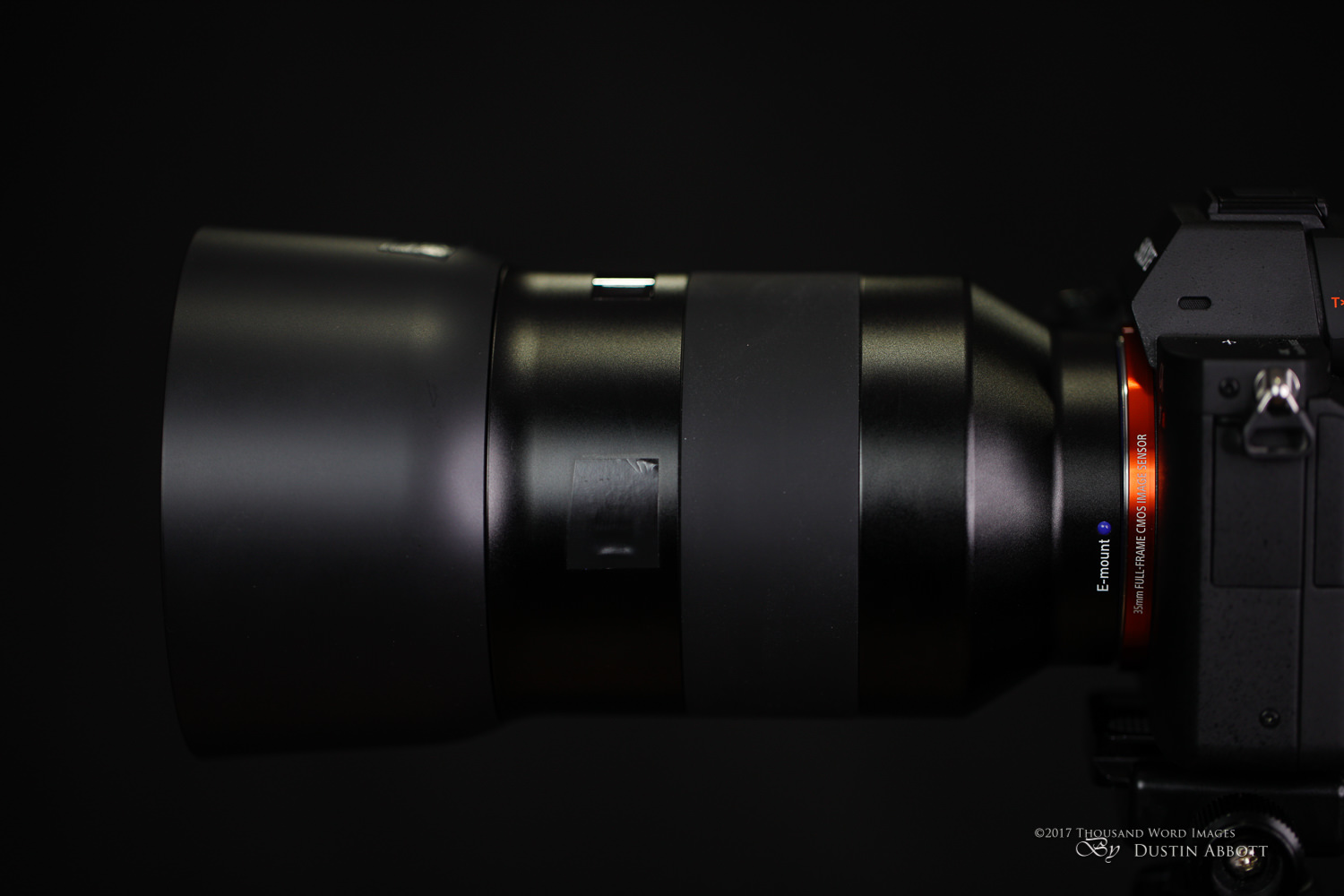
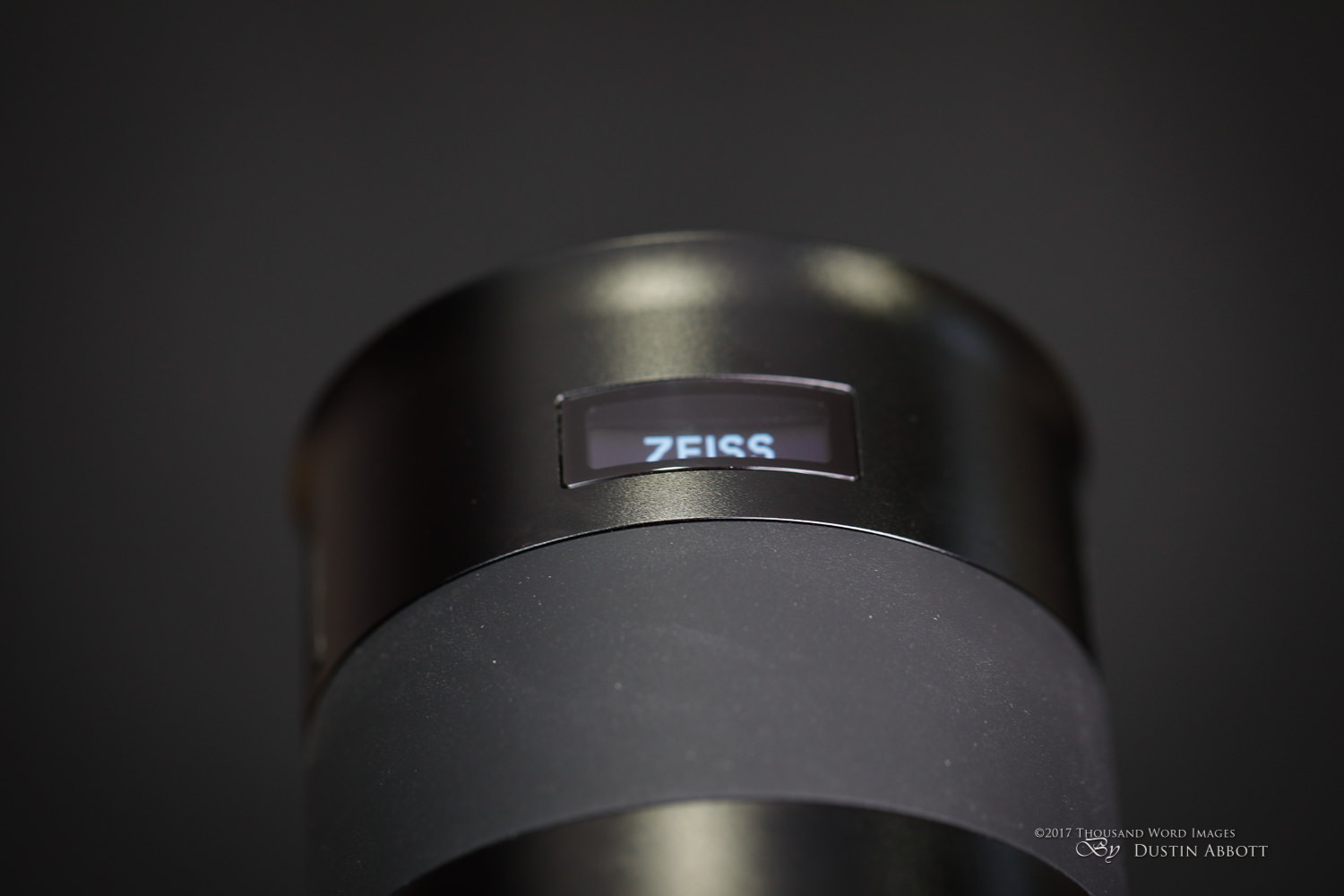
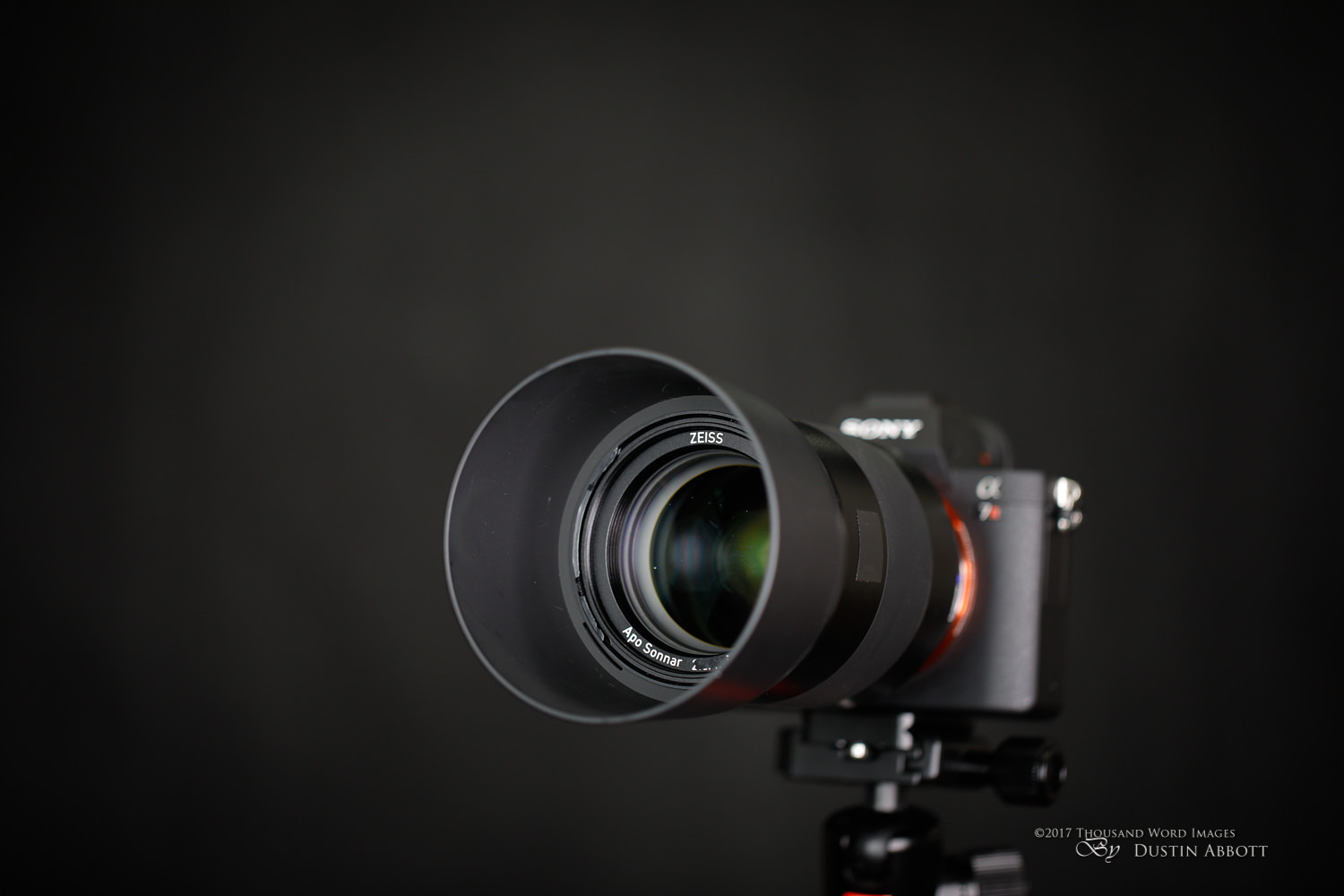

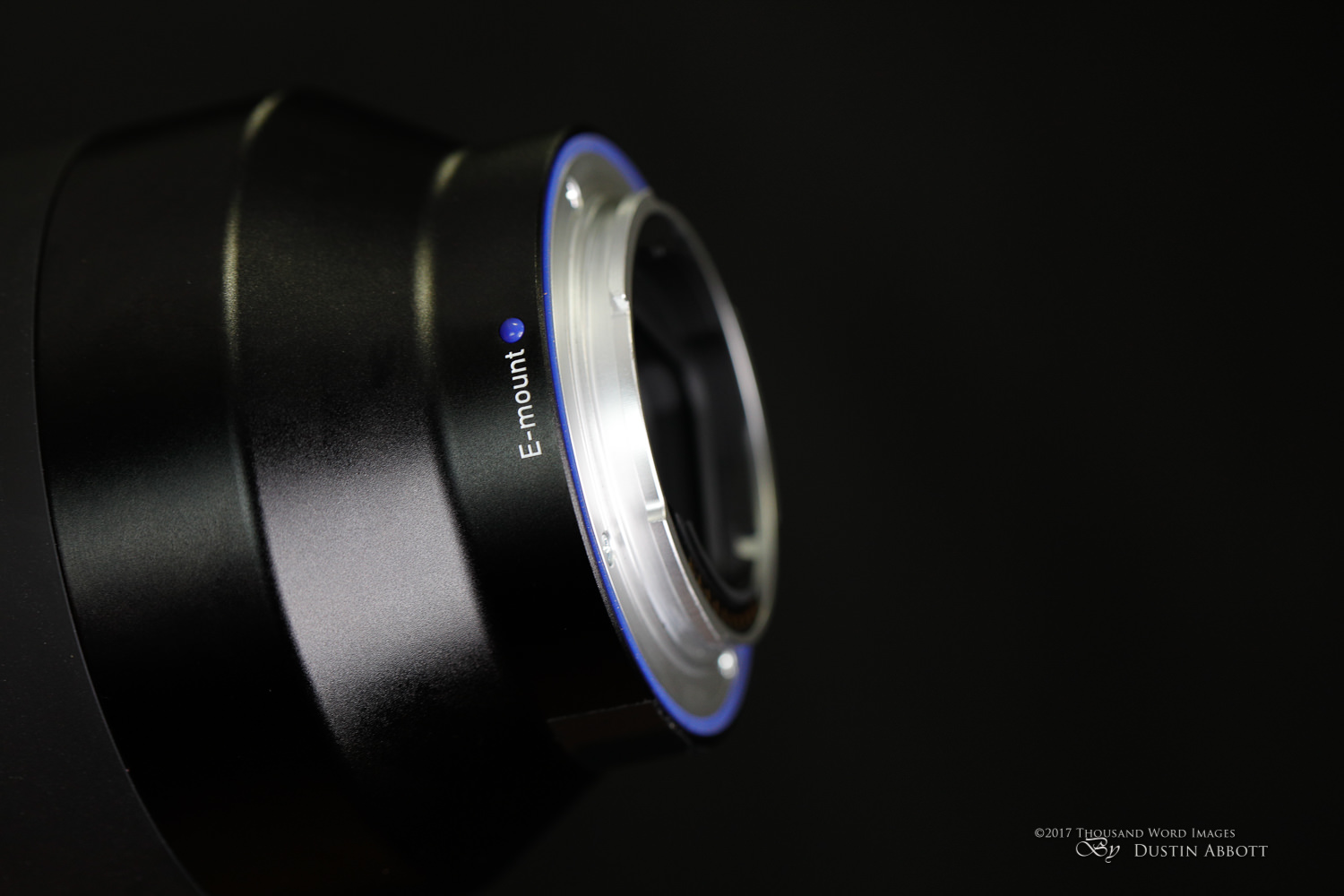
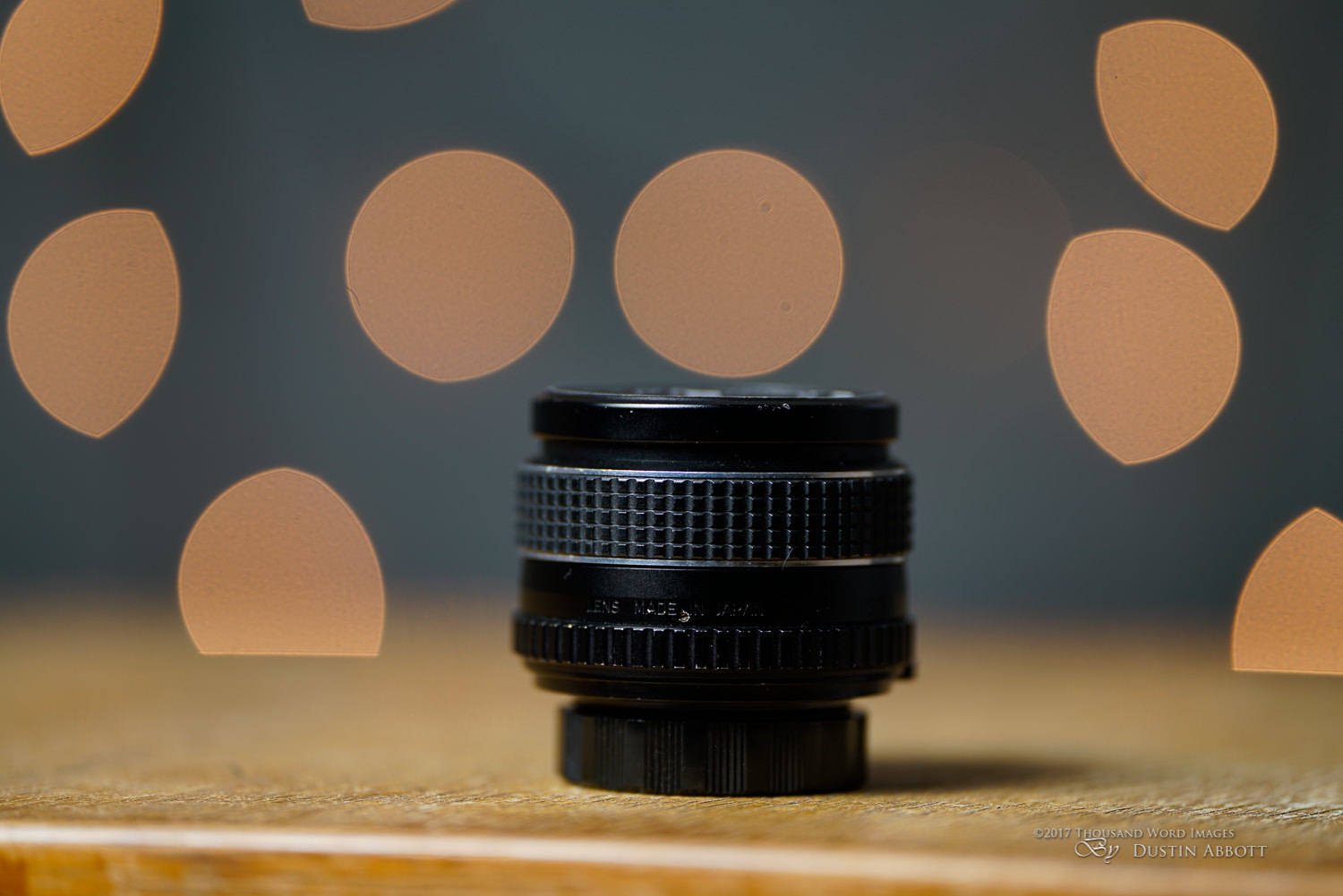
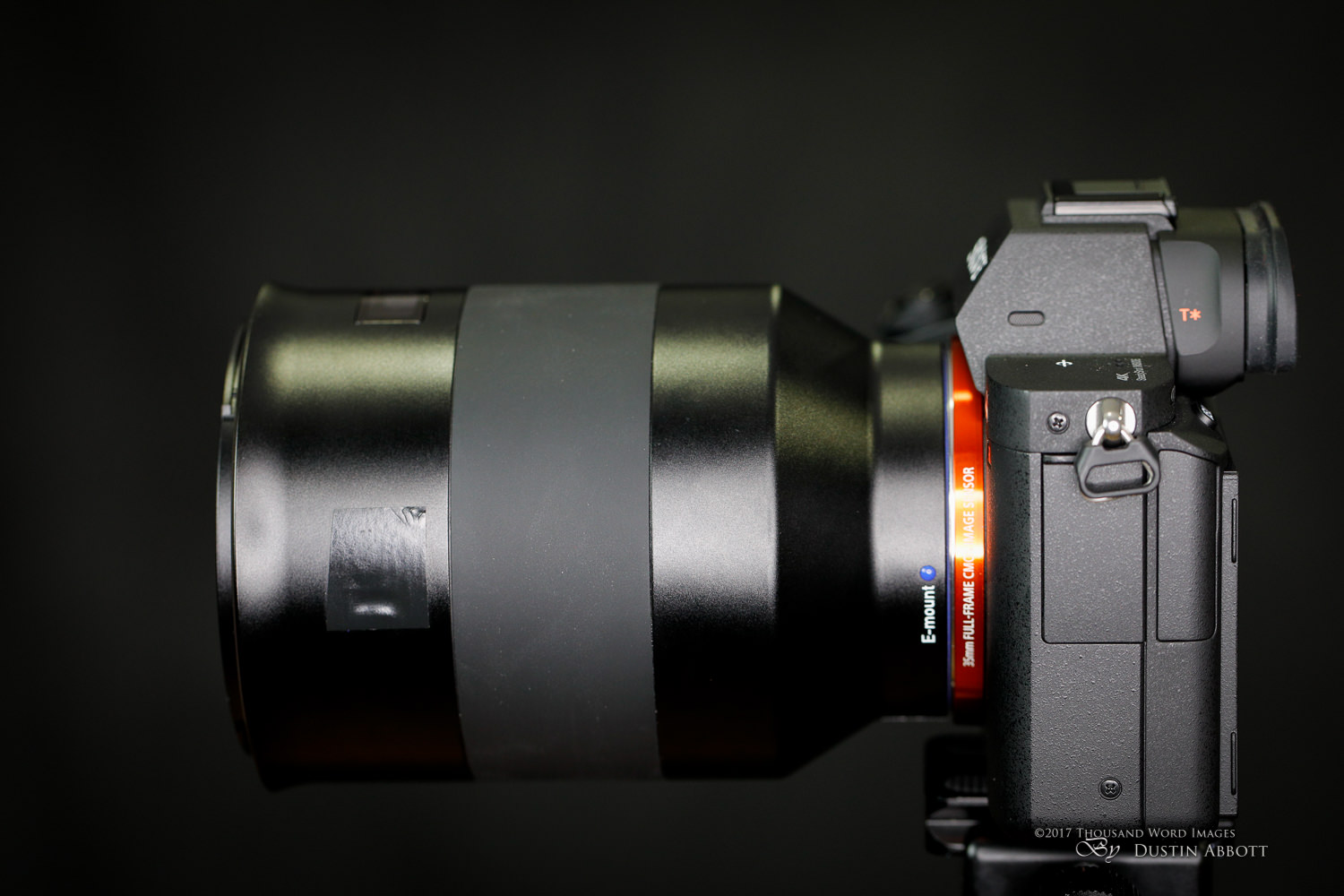
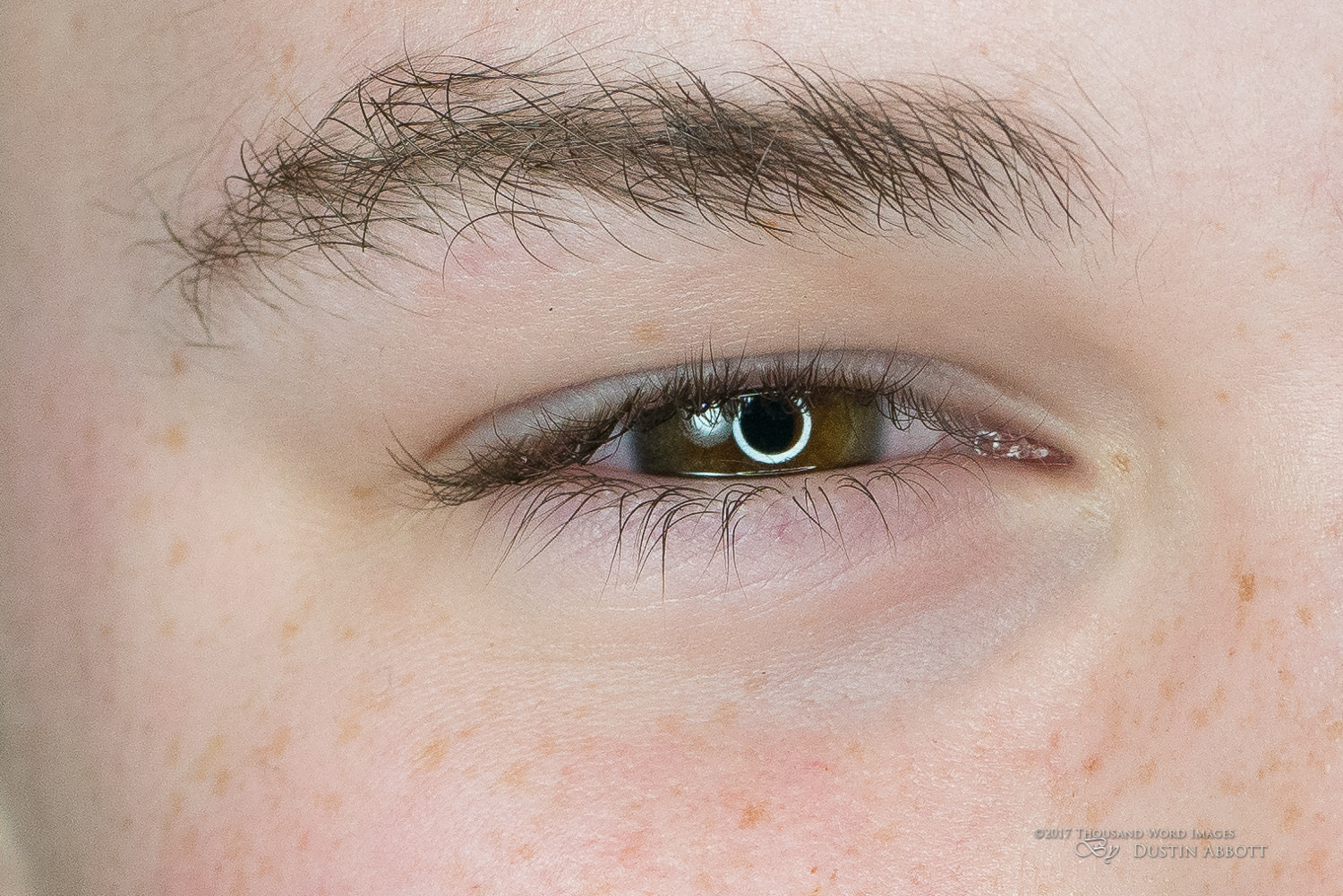




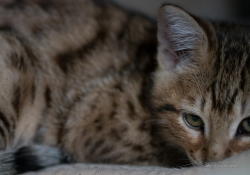




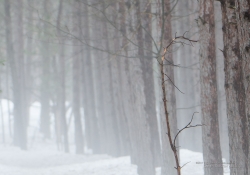

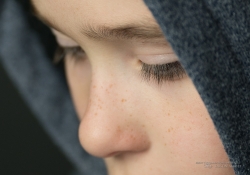



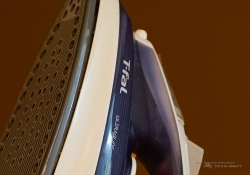








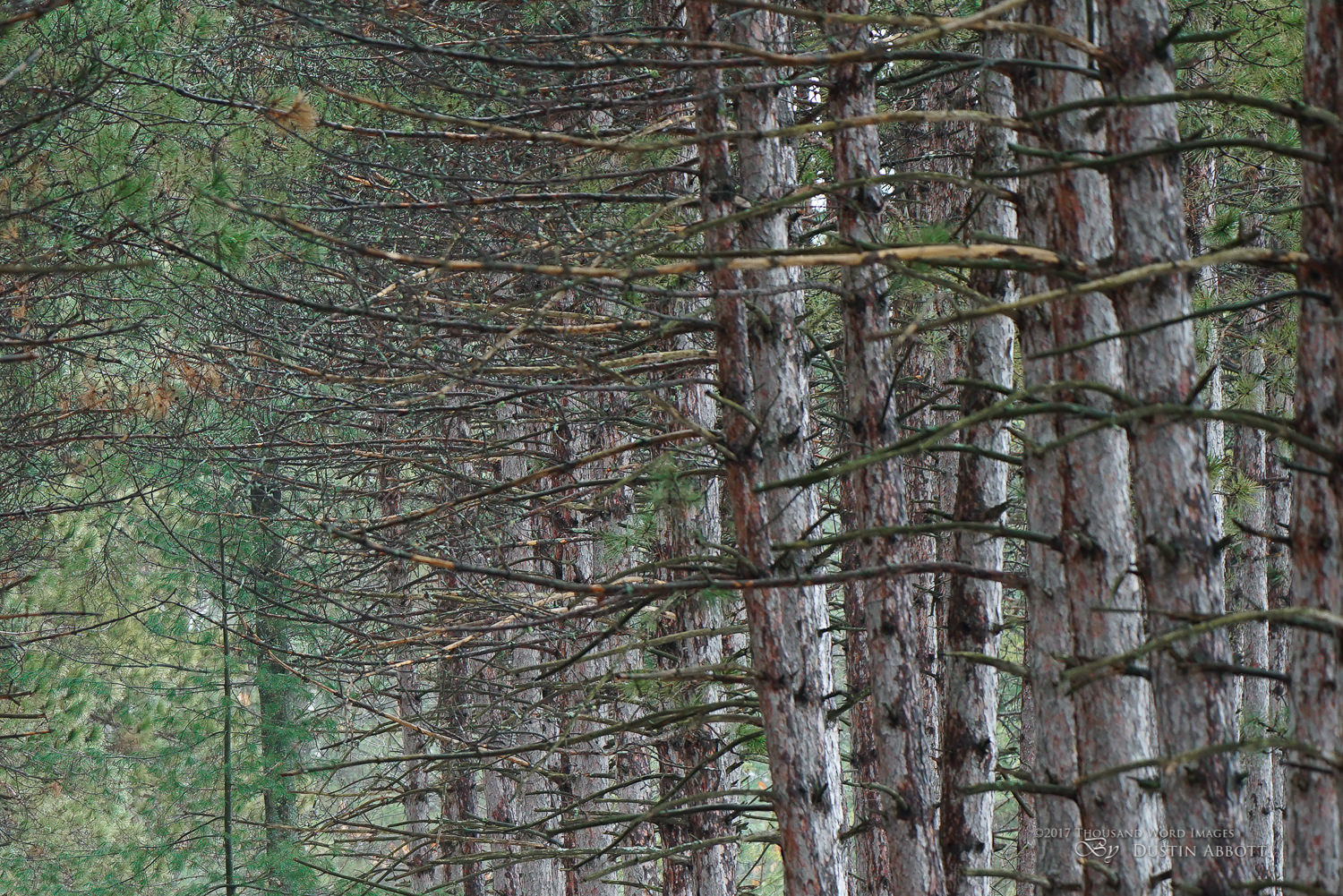



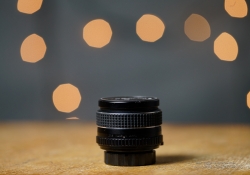
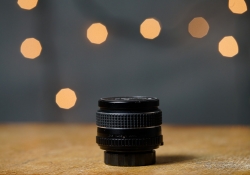





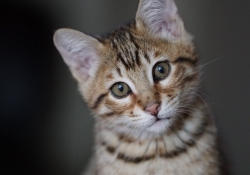


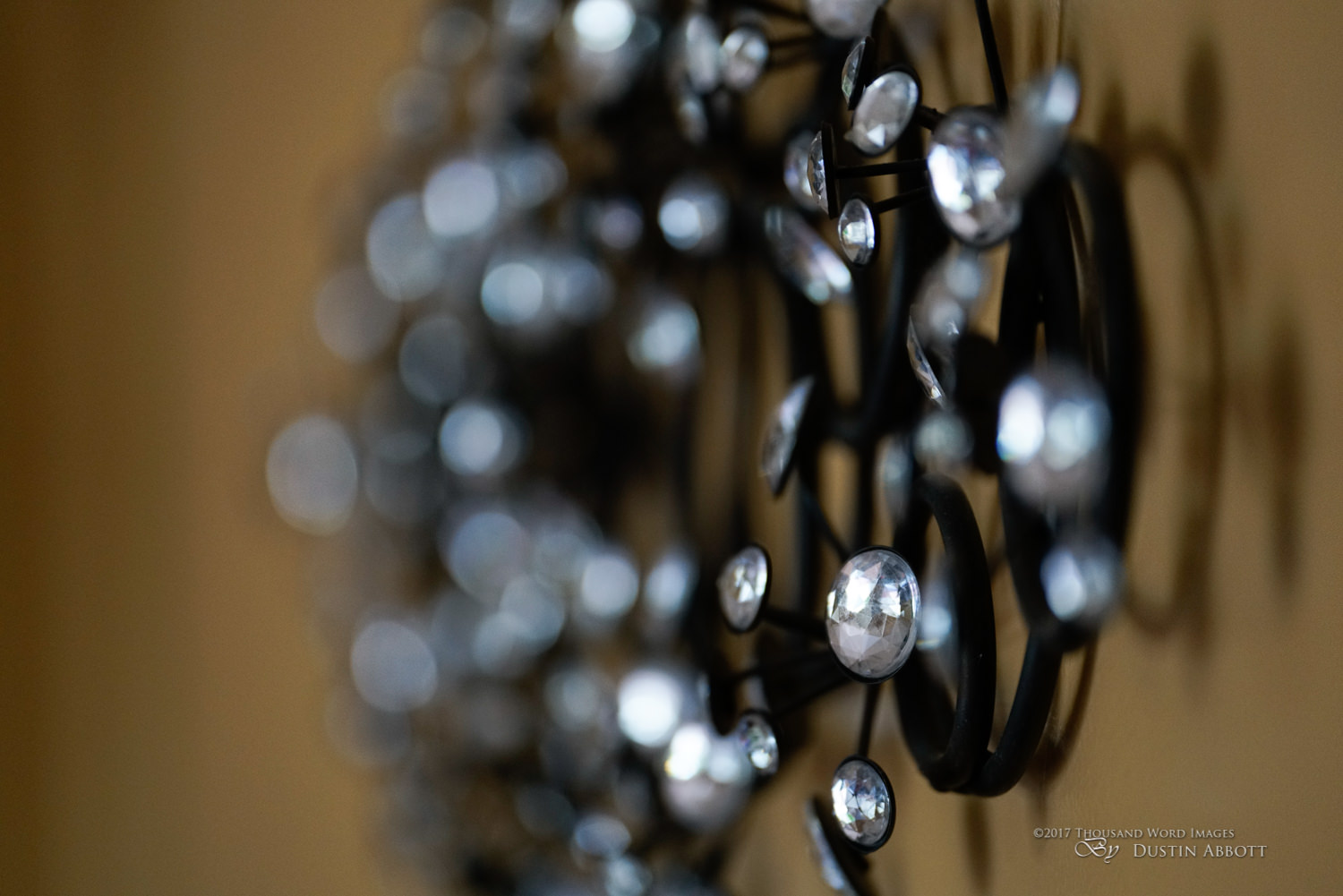
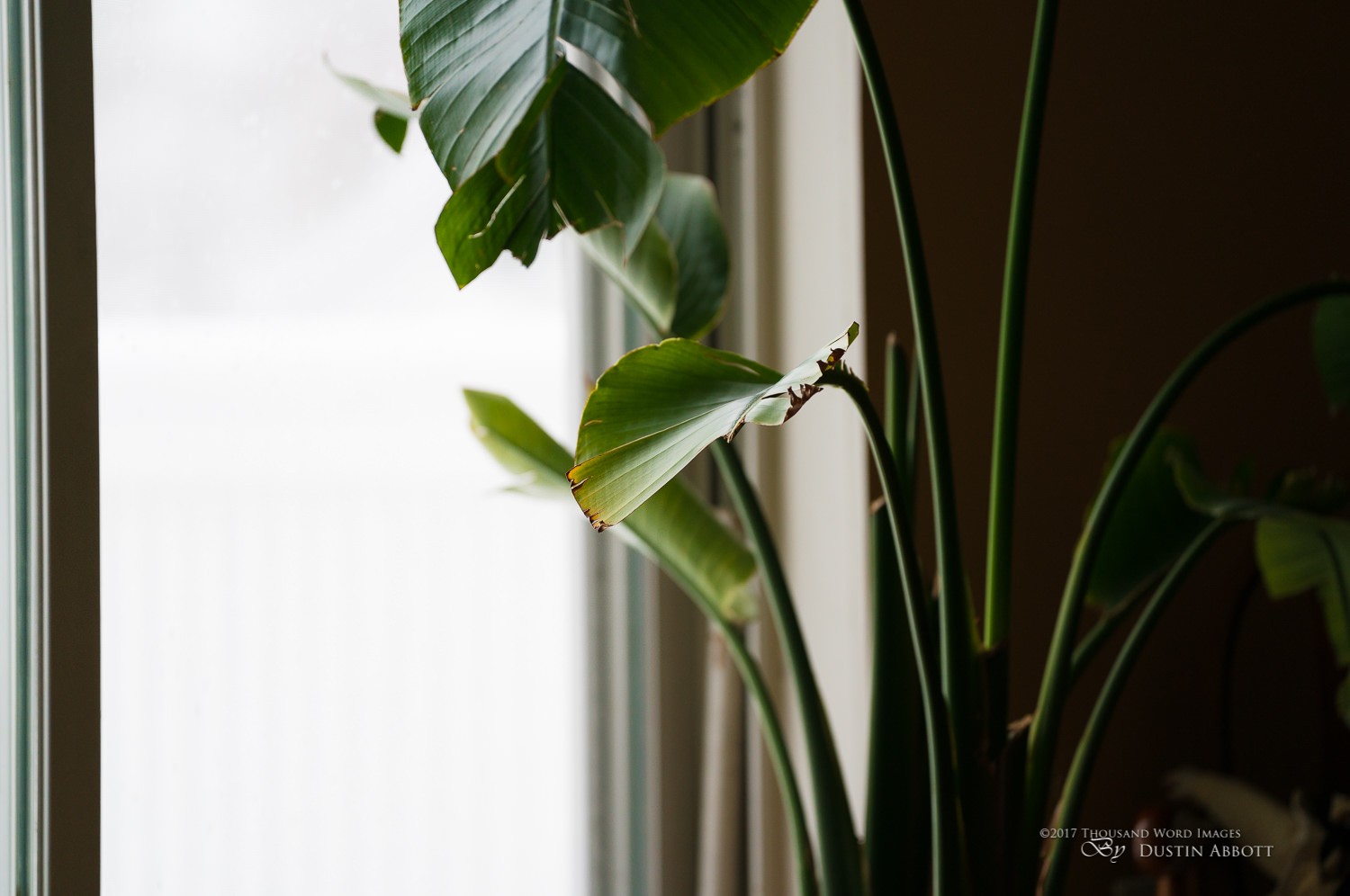

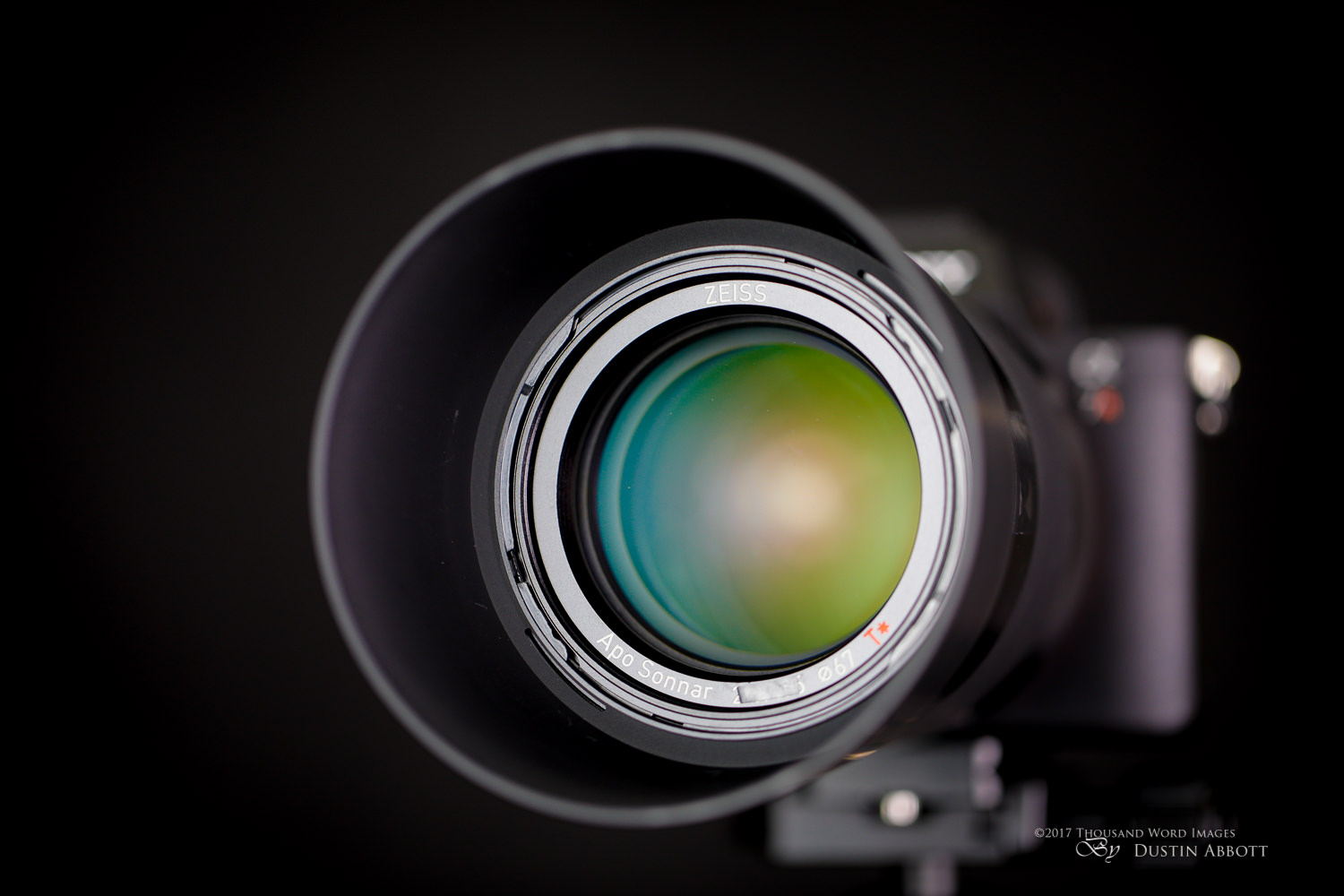





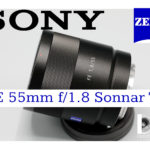
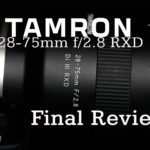




[…] the Batis line for Sony FE (full frame E-mount). When Zeiss approached me about reviewing the Zeiss Batis APO Sonnar 135mm f/2.8 lens, I actually had no way of doing so as I didn’t own any Sony bodies. B&H Photo […]
[…] that I reviewed was not a Sony; it was a Zeiss. When Zeiss approached me about reviewing the Zeiss Batis APO Sonnar 135mm f/2.8 lens, I actually had no way of doing so as I didn’t own any Sony bodies. B&H Photo […]